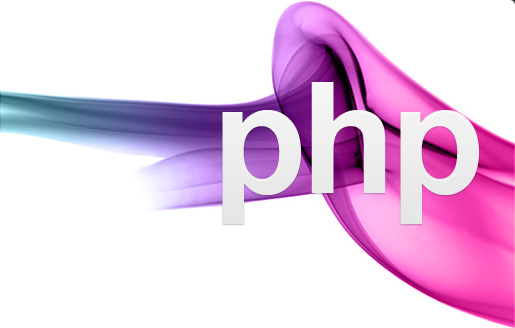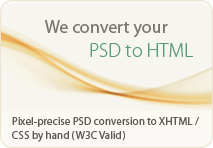Joomla
The Joomla package consists of many different parts, which are built to be as modular as possible, allowing extensions and integrations to be made easily. An example of such is extensions called "Plug-ins". Plug-ins are background extensions that extend Joomla with new functionality. The WikiBot, for example, allows the author of Joomla content to use "Wikitags" in Joomla articles which will auto-create dynamic hyperlinks to Wikipedia articles when displayed. There are over 2,700 extensions for Joomla available via the Extensions Directory, a site that OpenSourceMatters runs as an official directory of extensions.
In addition to Plug-ins, more comprehensive extensions are available. "Components" allow webmasters to perform such tasks as build a community by expanding user features, backup a website, translate content and create URLs that are friendlier to search engines. "Modules" perform such tasks as displaying a calendar or allowing custom code like Google AdSense etc to be inserted within the base Joomla code.
Since it has been around longer, there are more extensions available for Joomla 1.0 than for version 1.5, although new 1.5 extensions are becoming available at a remarkable rate. Some of the older 1.0 extension can be used with version 1.5 if it is set to compatibility mode.
Joomla permits administrators to set global configuration parameters that affect all articles. Every page conforms to these parameters by default, but a page can have its own setting for each parameter. For example, you can elect to show the article author, hide the author, or simply go with the global "show author" parameter.
Joomla is used all over the world to power everything from simple, personal homepages to complex corporate web applications. Here are just some of the ways people use our software:
- Corporate websites or portals
- Online commerce
- Small business websites
- Non-profit and organizational websites
- Government applications
- Corporate intranets and extranets
- School and church websites
- Personal or family homepages
- Community-based portals
- Magazines and newspapers
- The possibilities are limitless.
Model View Controller (MVC)
This structure has been implemented in Joomla! 1.5, separating out logic, data and view of data. This means that the HTML, CSS and other code used to display Joomla! (to the browser or other device) is now completely separate from the Joomla! logic and is contained entirely within the templating system. This gives you greater control over how you wish to display the data, without having to access (hack!) core code.

















